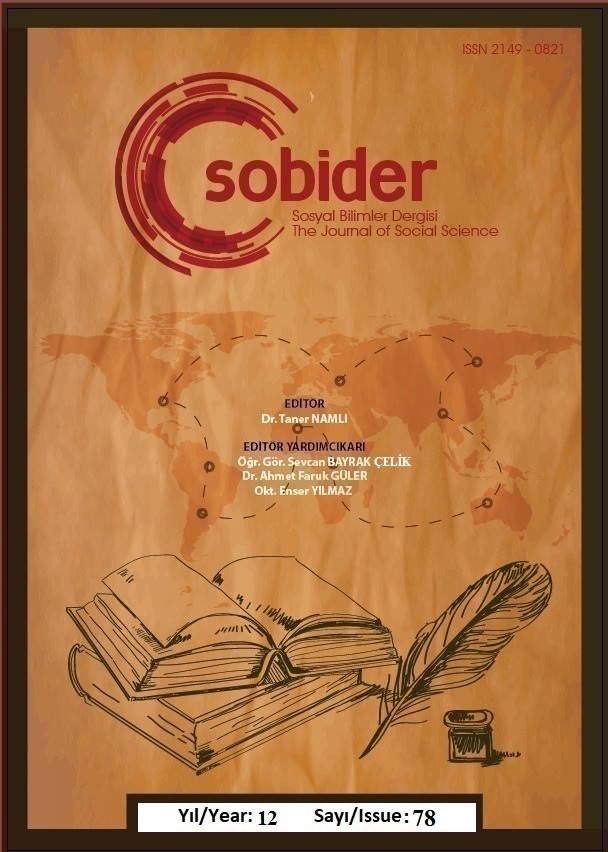Author :
Abstract
Makale, destanların yalnızca edebî bir tür değil, aynı zamanda bir milletin sosyal, kültürel ve dini hayatını yansıtan önemli sözlü miraslar olduğunu vurgulamaktadır. Halkın hafızasında yer etmiş olayları ve değerleri aktaran destanlarda ihtiyar bilge, bozkurt, ışık ve mağara gibi motifler dikkat çeker. Makalede bu motiflerin, toplumun inanç sistemlerini ve kültürel dünyasını yansıtan semboller olduğu belirtilmektedir. Türk destanlarında Şamanist öğeler ön plandayken, İslamiyet’in kabulüyle olağanüstü güçler Tanrı’nın kudretiyle açıklanmıştır. Ağaç motifi Şamanist dönemde kutsallığın, İslamiyet sonrasında cennet ve bereketin sembolü olmuştur. Işık motifi seçilmişliği, İslamiyet’te ise Tanrı’nın lütfunu simgeler. Mağara motifi doğum ve gizemle ilişkilendirilirken, Hira Mağarası örneğinde vahyin mekânına dönüşmüştür. Makale, destanların dini dönüşümü ve kültürel sürekliliği aktaran çok katmanlı yapılar olduğunu ortaya koymaktadır.
Keywords
Abstract
The article emphasises that epics are not merely a literary genre, but also important oral traditions that reflect the social, cultural and religious life of a nation. Motifs such as the wise elder, the grey wolf, light and the cave are prominent in epics, which convey events and values embedded in the collective memory of the people. The article states that these motifs are symbols reflecting the belief systems and cultural world of society. While Shamanistic elements are prominent in Turkish epics, with the acceptance of Islam, supernatural powers have been explained by God's power. The tree motif was a symbol of sacredness in the Shamanistic period and a symbol of paradise and fertility after Islam. The light motif symbolises being chosen, and in Islam, God's grace. The cave motif is associated with birth and mystery, while in the example of the Cave of Hira, it has become the place of revelation. The article reveals that epics are multi-layered structures that convey religious transformation and cultural continuity.





